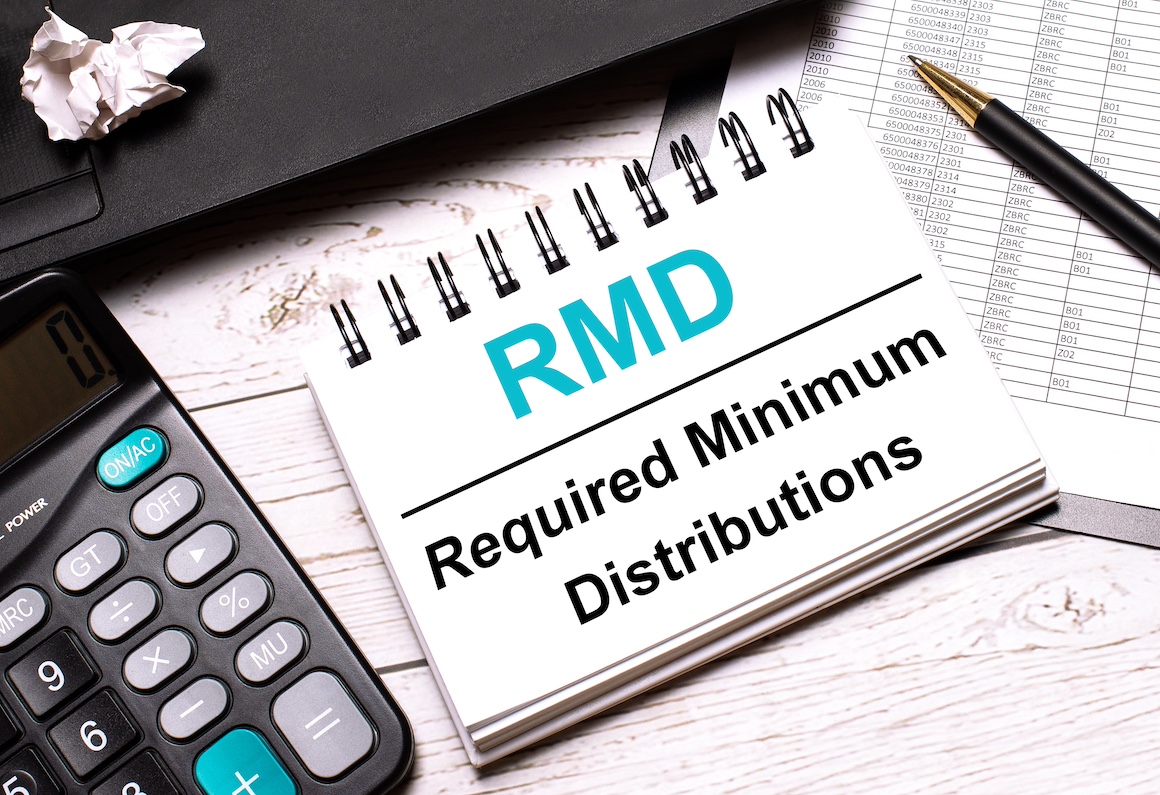
The Day of Reckoning is quickly approaching for some retirees its time to pay up after years of saving in those tax-deferred retirement accountsand suddenly realizing that tax-deferred does not mean tax-free.Changes in federal tax laws have let some of us postpone those mandatory withdrawals, or Required Minimum Distribution, for several years.But no more extensions are coming.What are Required Minimum Distributions?Required minimum distributions, or RMDs, are the minimum amounts you must withdraw from your retirement accounts each year.You generally must start taking withdrawals from your traditional IRA, SEP IRA, SIMPLE IRA, and retirement plan accounts when you reach age 73.Basically, the IRS for all these years, has never made money off of you, says Eric Bond, president of Octave Wealth Management in Long Beach, California.
In fact, theyve lost money because youve taken a deduction every single year on your income taxes.So now its time to pay the piper, he says.If you forget to do it the first year, youre cool.You have till April 1.
And sometimes people will say, well, Ill just do that defer it.Well, if you do it April 1 of next year, its fine.But you will have to take two that year, the one you deferred from the previous year in the one in the you know for that year.
Sometimes that could bump you up to a higher tax bracket.According to the IRS, if you reach age 73 in 2024:Your first RMD is due by April 1, 2025, based on your account balance on December 31, 2023, andYour second RMD is due by December 31, 2025, based on your account balance on December 31, 2024.Has the age requirement changed?The RMD age was 70 before in was changed by Congress in The Secure Act 2.0.Now, it will remain at 73 until 2033 when it will increase to 75.To some extent, (the delay) is nice, says Russell Hackman, president of Russell Hackman Wealth Partners in Boston, Massachusetts.But to some extent it is kind of kicking the can down the road.
Because sometimes that can make your future RMDs even bigger the longer you wait.So, we often talk to people about Roth conversion strategies, abilities to move money out of IRAs sooner, so you dont get these huge RMDs down the line, depending on how much money people have, he says.How much do I have to withdraw?The amount changes each year, according to your age and how much you have in your retirement savings.Begin by adding up how much you had in all your tax-deferred retirement accounts as of Dec.31 of the previous year.
Then, find your age on theIRS uniform lifetime tableand the corresponding distribution period.(An estimate of how many years you will be taking RMDs.)Your RMD is calculated for each account by dividing the prior December 31 balance of that retirement account by a life expectancy factor that the IRS publishes in Tables inPublication 590-B, Distributions from Individual Retirement Arrangements (IRAs).Choose the life expectancy table to use based on your situation.
You can also use an RMD calculator, like the AARP RMD Calculator.According to an AARP Fact Sheet: If youre 73, for example, the distribution period is 26 years based on your life expectancy.Divide your account balance by the distribution period.So, if you have $100,000 combined in all of your tax-deferred retirement accounts; $100,000 divided by 26 is $3,773.58 thats the amount you must withdraw.
If your combined state and local tax rate is 25%, youll owe $943 in taxes on your RMD.I have multiple retirement accounts.Do I have to make withdrawals from all of them?You can take your total RMD out of one account, or take bits from each one, so long as you withdraw the entire required minimum.It can make it more confusing, says Bond.
But I just tell my clients, this might be one reason to at this time maybe consolidate your IRAs.Because then its just only one tax reporting.Should I wait until December to make the required withdrawal?No, says Bond.Take it out in November at the latest, just in case there a problem.
Then you could be late and subject to the 25% tax penalty for late withdrawals.That could be reduced to 10% if the late withdrawal is corrected within two years, the IRS says.What if you dont need the money?You can donate the money to charity through what is called a Qualified Charitable Contribution.Instead of taking the money from your retirement accounts, have it sent directly to the qualified charity of your choice.
Thats common for people who want to reduce their tax bills, says Hackman.Another option: Very often we just reinvest the RMD in assets that can get a reasonable return without too much risk, Hackman says.So, any RMD you dont need to spend can be invested by your advisor in the right kinds of assets for you.Stay on top of your finances with Senior Planet from AARP.Join us for live lectures on finance, money management, budgeting tips, articles and more.
Check out all our offerings here.Questions? Call our Senior Planet Tech Hotline: 888-713-3495.Rodney A.Brooksis an award-winning journalist and author.
The former Deputy Managing Editor/Money at USA TODAY, his retirement columns appear in U.S.News & World Report and SeniorPlanet.com.He has also written for National Geographic, The Washington Post and USA TODAY and has testified before the U.S.
Senate Special Committee on Aging.His book, The Rise & Fall of the Freedmans Bank, And Its Lasting Socio-economic Impact on Black America was released in 2024.He is also author of the book Fixing the Racial Wealth Gap.
His website iswww.rodneyabrooks.comYour use of any financial advice is at your sole discretion and risk.Seniorplanet.org and Older Adults Technology Services from AARP makes no claim or promise of any result or success.
Publisher: Senior Planet ( Read More )

